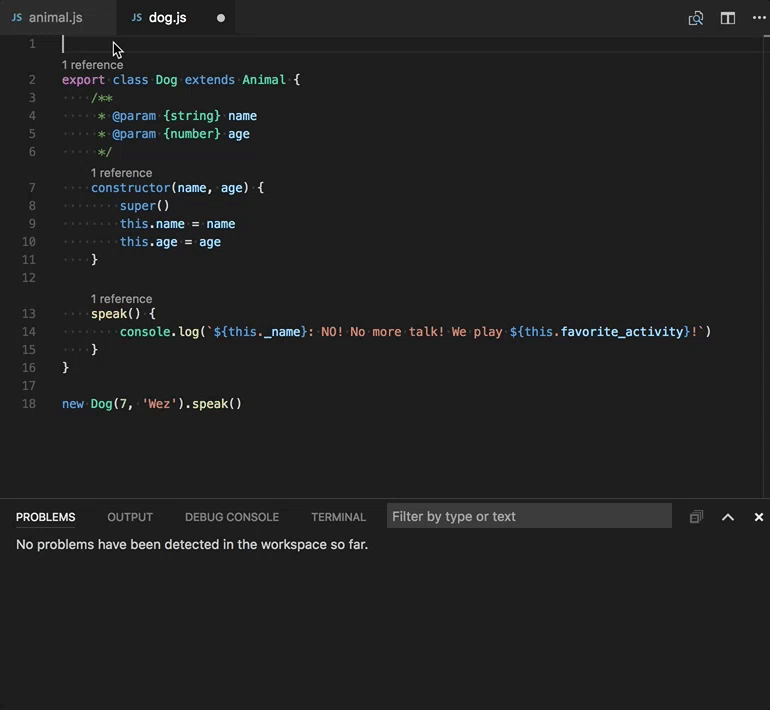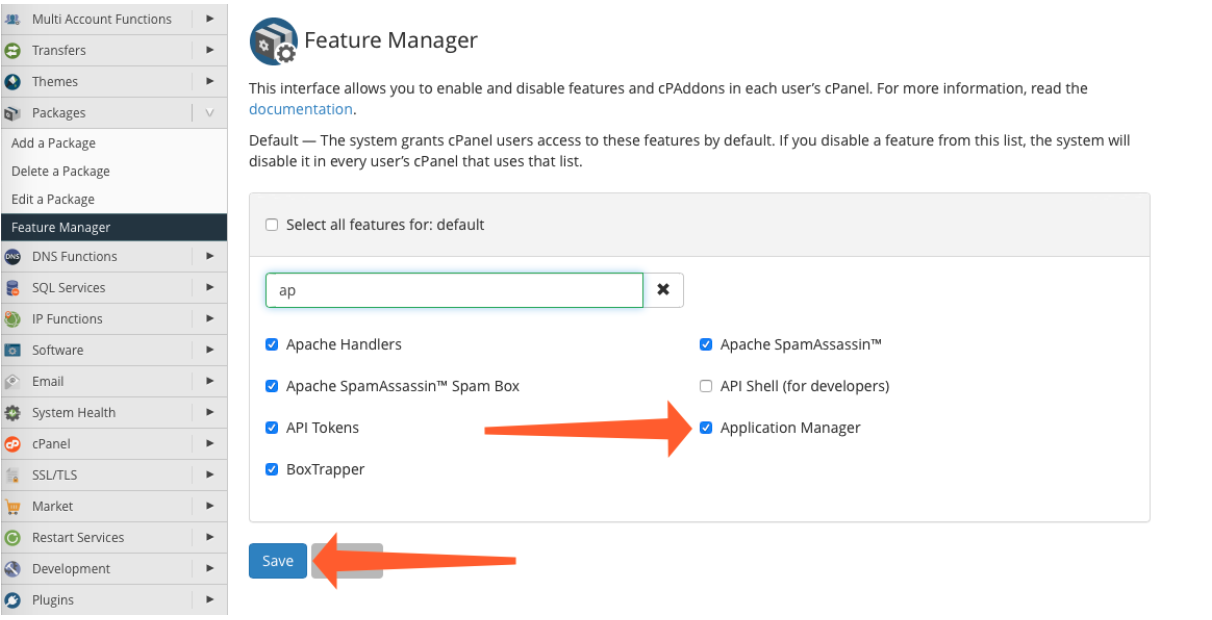

To-do: Add code content for top level files. See code.json for example generated data. Larger projects can take up to a minute or two to render. Run 'node http-server' then open the browser to view the file structure rendered in the sidebar. It returns an array of file paths, buffers, or fs.Dirent. It is used for reading the contents of a directory. Initially compatible with jQuery and plain JavaScript function namespacing, soon to be compatible with React, Redux, Angular 1, Angular 2 and other frameworks on request. The files present in a directory can be displayed using two approaches in Node.js that are discussed below: Method 1: Using fs.readdirSync() method: The fs.readdirSync() is a method that is available in the file system module of Node.js. Generates a documentation guide including function names and parameters, function dependencies, and more. Click on a file (non-root level) to populate main view. Generates a tree folder structure in node, that is rendered as a treegrid in the browser. I made another node module call agd, to generate a tree view based on the other module. Then run as normal with: node mddir "./relative/path/". This converts line endings to Unix instead of Dos Line endings fixĭos2unix lib/node_modules/mddir/src/mddir.js Setting line endings to Unix style has to be performed within the mddir npm global bin folder.

This usually affects Windows, but also some versions of Linux. If you receive the error 'node\r: No such file or directory', the issue is that your operating system uses different line endings and mddir can't parse them without you explicitly setting the line ending style to Unix. The md file gets generated in your working directory.Ĭurrently ignores node_modules, and. To generate for a relative path: mddir ~/Documents/whatever. To generate for any absolute path: mddir /absolute/path To generate markdown for current directory: mddir Traverse through the FileCollection using the FOR loopįor(var objEnum = new Enumerator(FileCollection) !objEnum.atEnd() objEnum.I made a node module to automate the task of getting all files and folders: mddir Usage


Response.Write("Number of files found: " + FileCollection.Count + "") Display the number of files within the Text directory Follow the steps outlined previously, except use the following code in step 3. The following example demonstrates the equivalent but uses JScript or JavaScript and the enumerator object as shown below. Response.Write("Number of files found: " & FileCollection.Count & "")'Traverse through the FileCollection using the FOR EACH.NEXT loop ")'Display the number of files within the Text directory
Javascript list directory contents how to#
This article describes how to use server-side scripts on Active Server Pages (ASP) pages with Visual Basic Script (VBScript) and JScript or JavaScript to traverse through a collection. Original product version: Visual Studio Original KB number: 229693 Summary This article shows how to use JScript or JavaScript to traverse through a collection.


 0 kommentar(er)
0 kommentar(er)
